Skid Steer Loader Operator = Valuable Member of Any TeamKnowing how to drive and operate a skid steer loader automatically makes you a valuable addition to any construction, demolition, landscaping, or warehouse team. Why? Skid steer loader operators help teams make short work of not only hauling materials, but with the right attachments, skid steers can also lift pallets, dig, grade, and much more. So, buckle in (figuratively and literally) and learn how to operate a skid steer loader, step by step, in under 5 minutes.
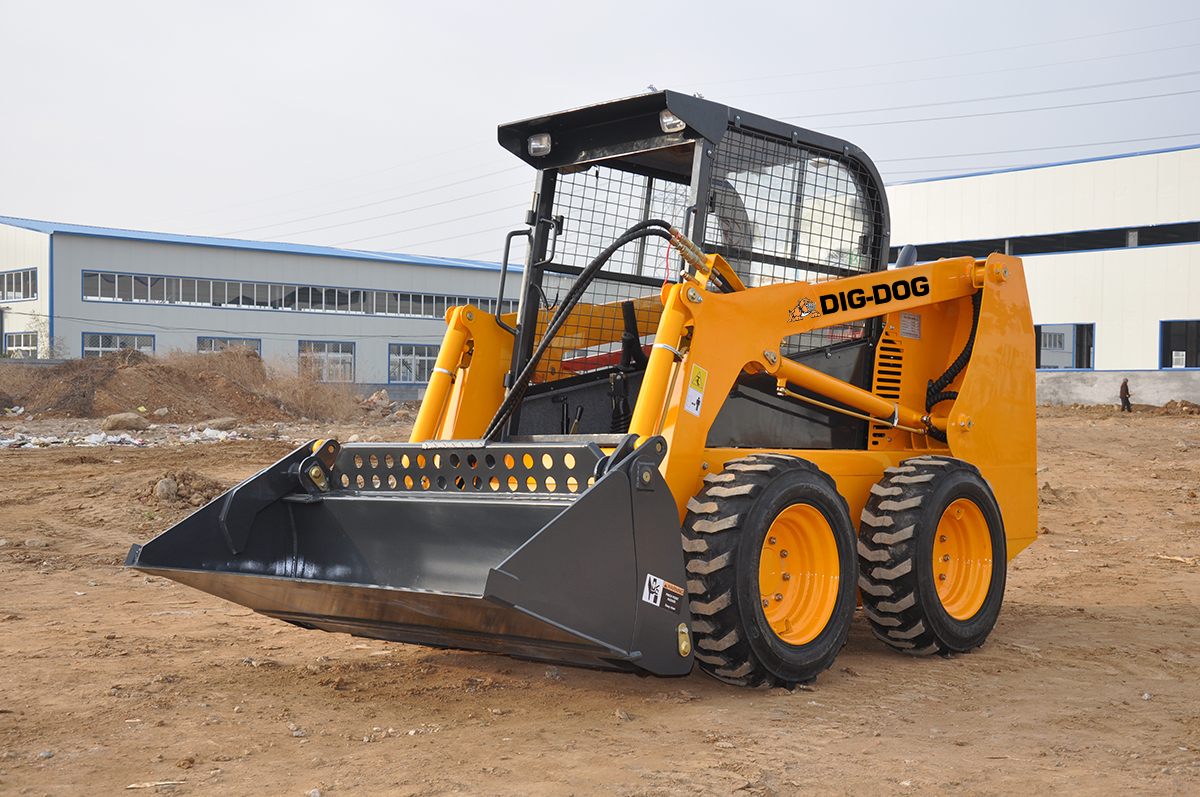
Content Sections
- How to Start a Skid Steer
- How to Drive a Skid Steer: Basic Controls
- Monitoring Your Skid Steer
- How to Operate a Skid Steer When Lifting and Dumping
- Skid Steer Safety Facts
- Skid Steer Frequently Asked Questions
How to Start a Skid Steer
- Hold onto the exterior handles with both hands, maintaining three points of contact at all times, and move up the steps.
- Step into the cab, turning around as you enter.
- Sit down and adjust the seating and other features to your comfort level.
- Fasten your seat belt. Some models will not start until the seat belt is fastened.
- Reach overhead and pull down the roll cage using both hands. Newer models will not start until the roll cage is secured down.
- Give the ignition key a quarter turn and wait for the beep.
- Disengage the parking break by pressing the overhead button.
- Fully turn the ignition key to start the engine.
- Press the green “ready” button to override a safety mechanism that locks the gears in place.
- Push your arm controls forward to set the skid steer in motion.
How to Drive a Skid Steer: Basic Controls
Unlike an automobile, the steering and acceleration of a skid steer loader are usually controlled by a right and left side arm control, sometimes known as a joystick.
The speed and direction of each side's wheels or tracks are controlled by its corresponding side’s arm controls.
- To turn/move left: push the left arm control forward.
- To turn/move right: push the right arm controls forward.
- To move straight forward: push both arm controls forward.
- To move in reverse: pull both arms back toward you.
Driving Single-Arm Control Skid Steer Loaders
Some skid steers, however, use only one arm control to handle all of the steering.
For single arm controls, such controls follow the direction of the joystick.
- To turn or move left: push the arm control forward and to the left.
- To turn or move right: push the arm control forward and to the right.
- To move straight forward: push the arm control forward.
- To move in reverse: pull the arm control back toward you.
Monitoring Your Skid Steer
Your skid steer, at a minimum, should have the following features and gauges:
- Temperature Gauge: Measures the heat coming from your engine.
- Fuel Gauge: Tells how much fuel you have left.
- Hour Gauge: Displays the number of hours that the machine has been in use.
- Auxiliary Pressure Release: Hold this button if you have an attachment with hydraulic hoses that needs to release pressure (commonly used when swapping attachments).
- Variable Flow: This is a hydraulic power option that lets you vary the flow of pressure when using attachments.
- This option changes the rate of speed that you can close the bucket on backhoe attachments, for example.
- High Flow: Another hydraulic power option required by certain attachments.
- Max Flow: This is how to operate a skid steer using the maximum amount of hydraulic power for heavy duty attachments and high performance rates.
- Bob-Tach: Bobcat skid steers usually have an overhead button to add or release attachments without physically getting out of the machine. This button controls two levers on either side of the attachment to make it either clamp down or release an attachment as needed. Other companies may have similar setups.
Certain attachments can work on multiple flow settings. Always consult the manufacturer’s manual to learn how many gallons per minute (GPM) your attachments need to perform at optimal levels.
How to Operate a Skid Steer When Lifting and Dumping
The following picture illustrates the cab interior, foot pedals, and joystick arm controls. Take note of the foot pedals as they are the key tools for manipulating a bucket or other skid steer attachments.
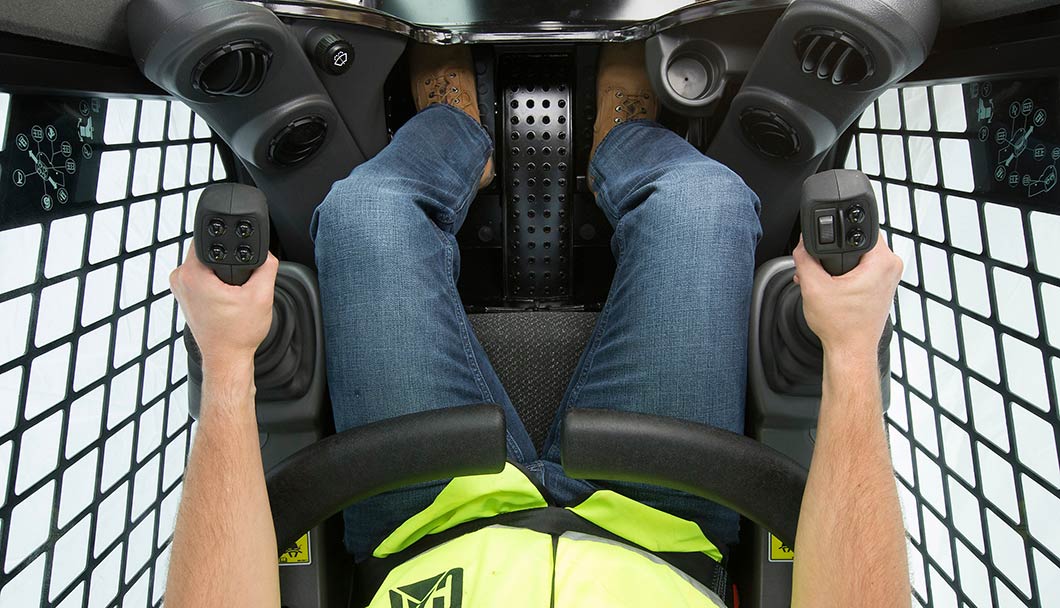
Foot Pedals
Each foot pedal controls one aspect of your attachments by rocking your feet. The left foot pedal controls the boom. The right foot pedal controls the bucket.
Left (Boom) Pedal
- To lower the boom: ease your left forefoot (toe) forward on the pedal.
- To raise the boom: ease your left heel back on the pedal.
Right (Bucket) Pedal
- To dump the bucket: ease your right forefoot (toe) forward on the pedal.
- To curl the bucket for digging: ease your right heel back on the pedal.
Boom & Bucket Controls for Single Arm Control Skid Steers
If you are operating a skid steer that uses only one arm control for steering, the second arm control not used for driving is used to operate the bucket and the boom.
- To dig with/curl the bucket: move the arm control to the left.
- To dump the bucket: move the arm control to the right.
- To lower the boom: pull the arm control back.
- To raise the boom: push the arm control forward.
Skid Steer Safety Facts
Operating any piece of heavy equipment comes great responsibility—as injuries and fatality incidents can occur when operating improperly. Whether you want to start applying what you've learned and operate a skid steer yourself or are working near them, make sure to read and understand the official Skid Steer Loader Safety Guide
by the Occupational Safety and Health Administration (OSHA
), which provides some of the following facts and guidelines:
- Crushing and rollover accidents are the leading causes of skid steer deaths and injuries.
- No one should be riding in the bucket of a skid steer.
- No one should be riding in the cab of a skid steer with the operator, especially children.
- Know your surroundings and keep bystanders at a safe distance.
- You should check the stability of the grab handles every day.
- If the bucket is carrying a load, avoid driving downhill.
Skid Steer Frequently Asked Questions
"Why is it called a 'skid steer'?"
The term "skid steer" is derived from the way the equipment turns. Because the tracks or wheels along the side are fixed and do not pivot in the direction of the turn much like a car, there is a certain amount of skidding that occurs as the loader turns. A skid steer turns when one side's wheels or tracks are giving more acceleration than the opposite side, allowing the entire loader to "skid" in that direction. This steering style allows a skid steer loader to have a very tight turning radius respective of its size and weight.
"How much do skid steers cost?"
Depending on the size, features, and machine specifications, new skid steer loaders for sale can range in price from $25,000 all the way up to $150,000. Used skid steer loaders for sale can range in price from $8,000 all the way up to $80,000.


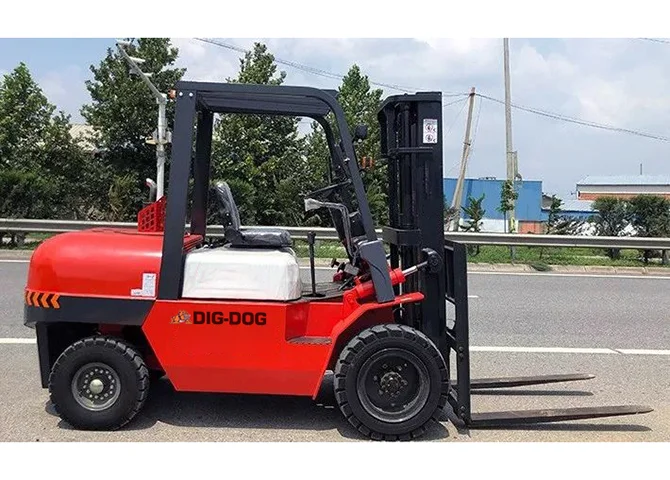 A Ultimate Guide to Clamp Forklifts and Attachments
A Ultimate Guide to Clamp Forklifts and Attachments
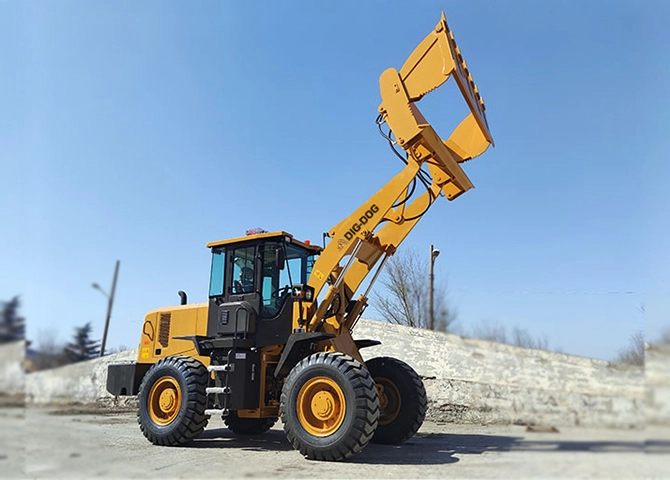 How To Choose The Right Compact Wheel Loader
How To Choose The Right Compact Wheel Loader
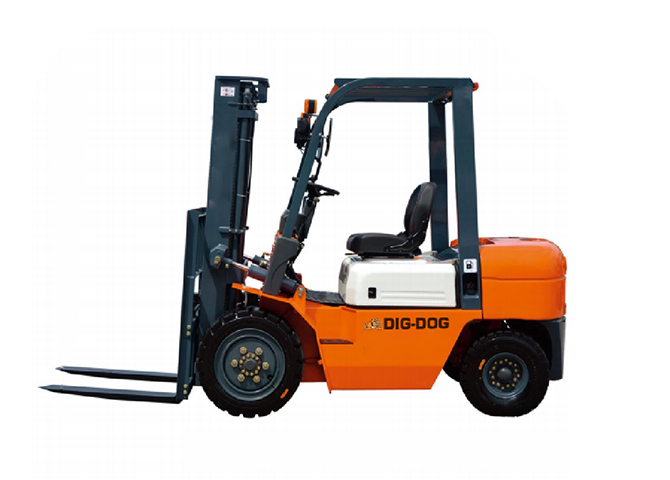 How Much Does a Forklift Weigh?
How Much Does a Forklift Weigh?
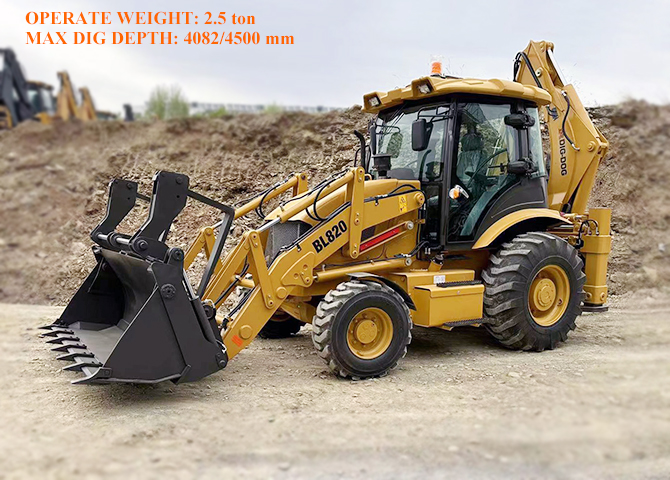 How Much Does a Backhoe Weigh
How Much Does a Backhoe Weigh